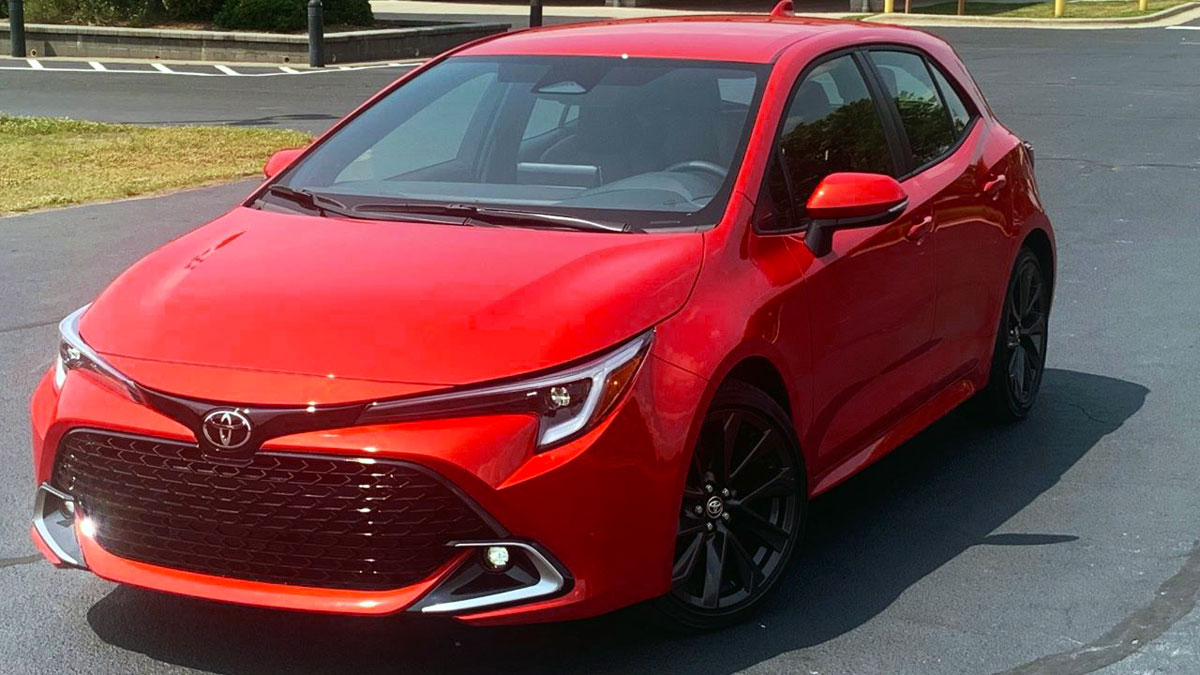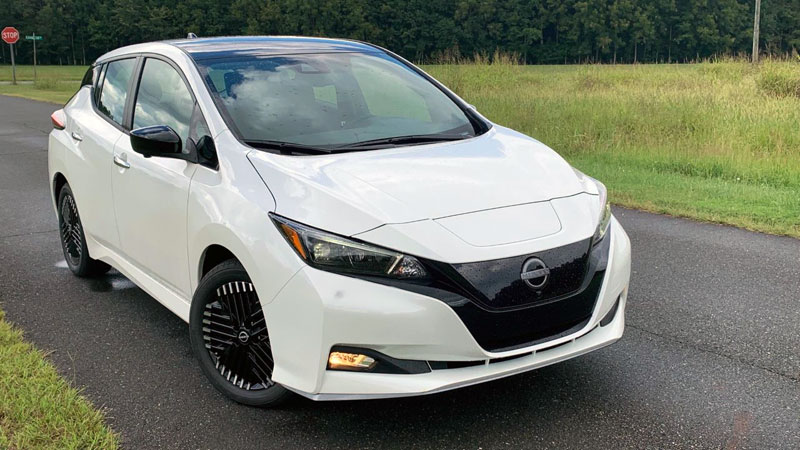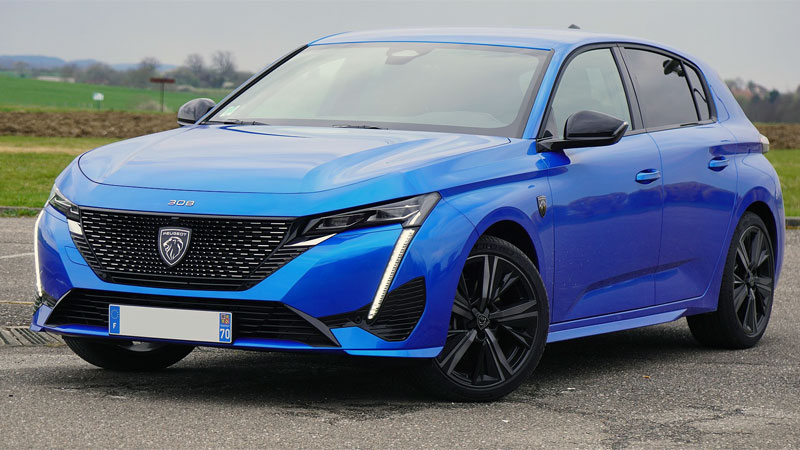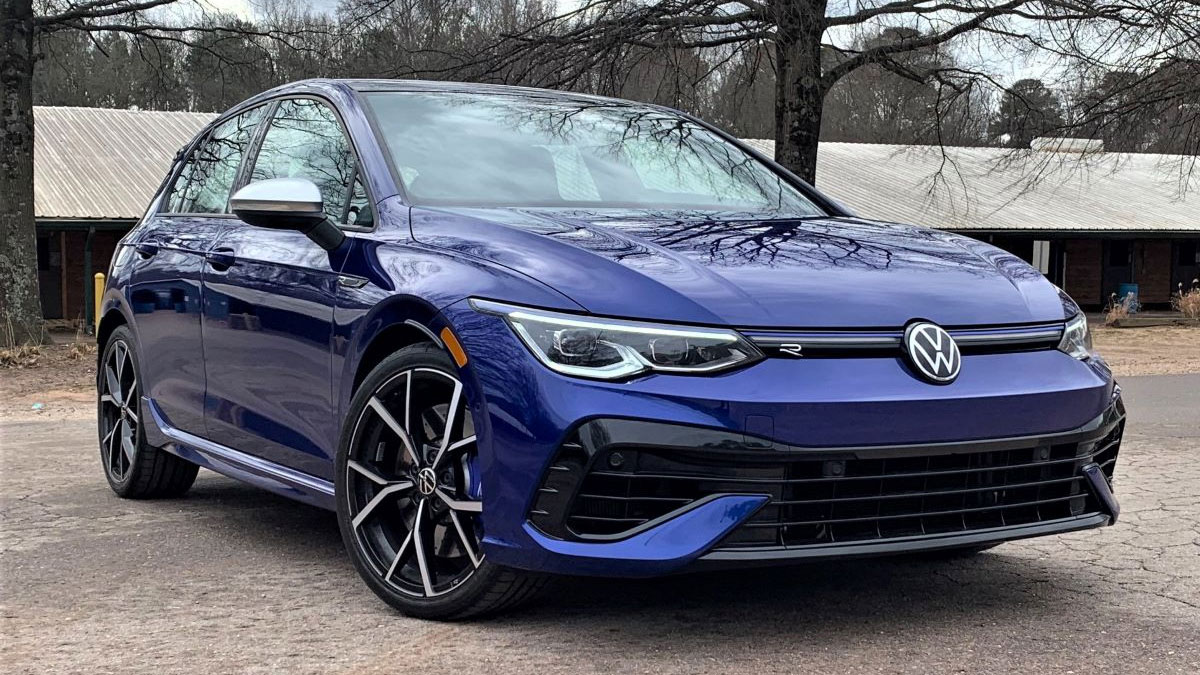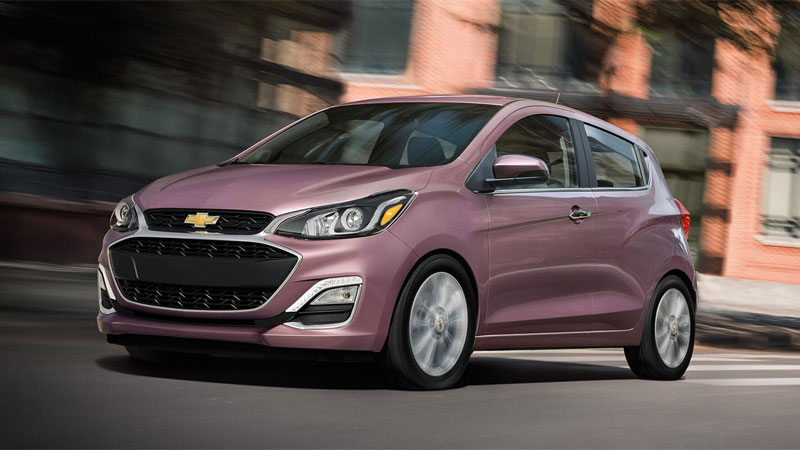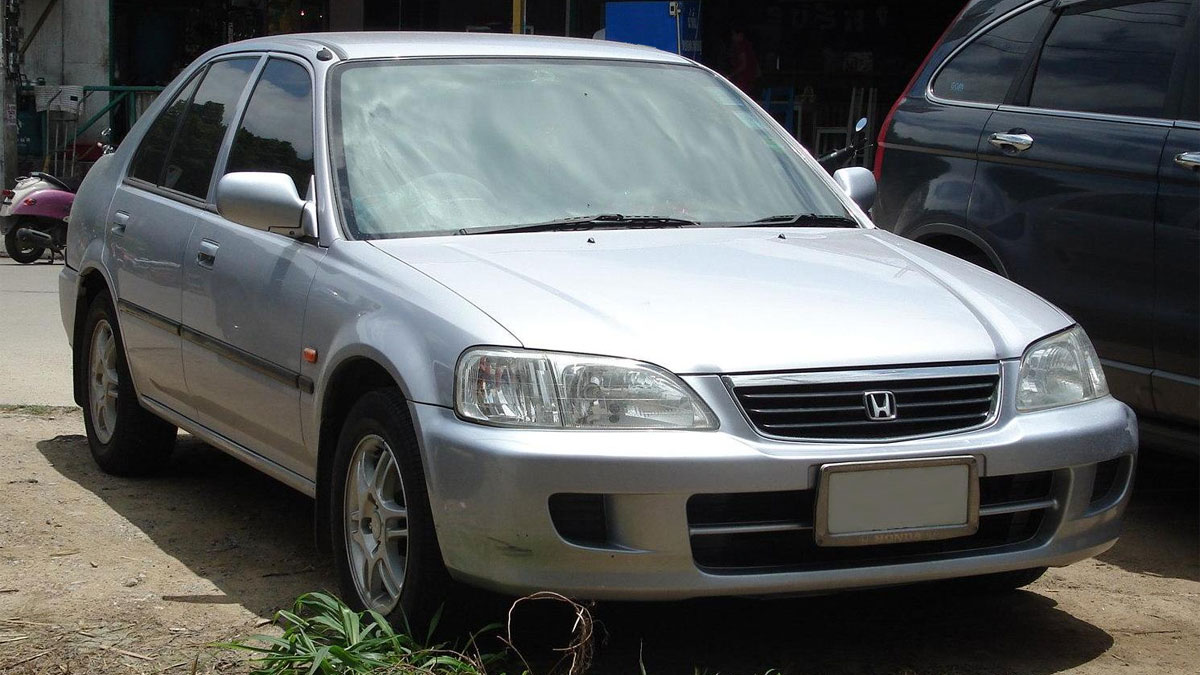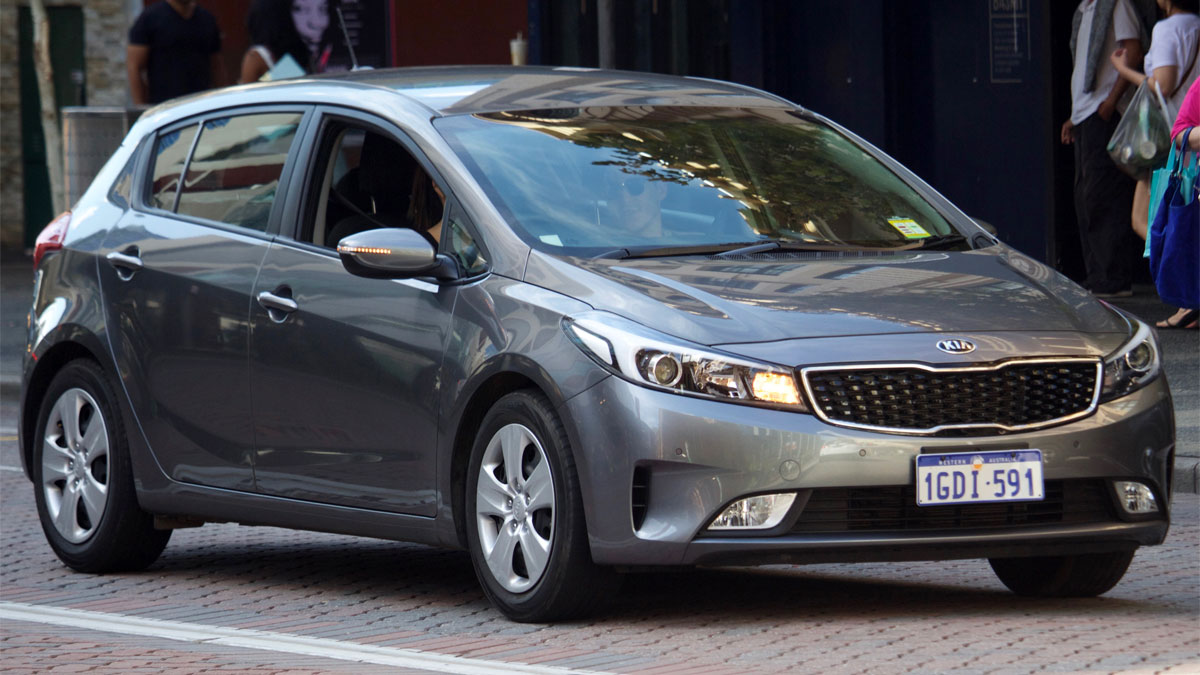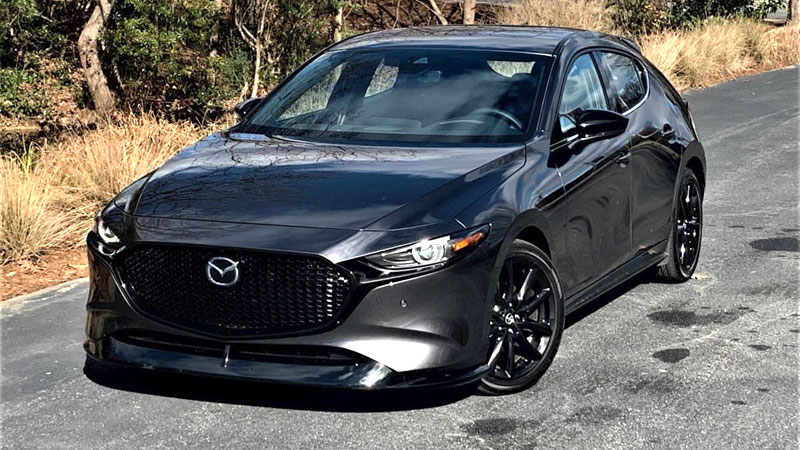2023 Toyota Corolla Hatchback: Practical, Reliable, and Unexpectedly Fun
Revamped style and comfort meets unmatched reliability and value. The 1980s marked a decline in the popularity of hatchbacks, driven by a series of uninspiring models presented over the years. This led to consumers viewing them negatively for an extended period. However, a few exceptional models persisted, maintaining some life … Read more

